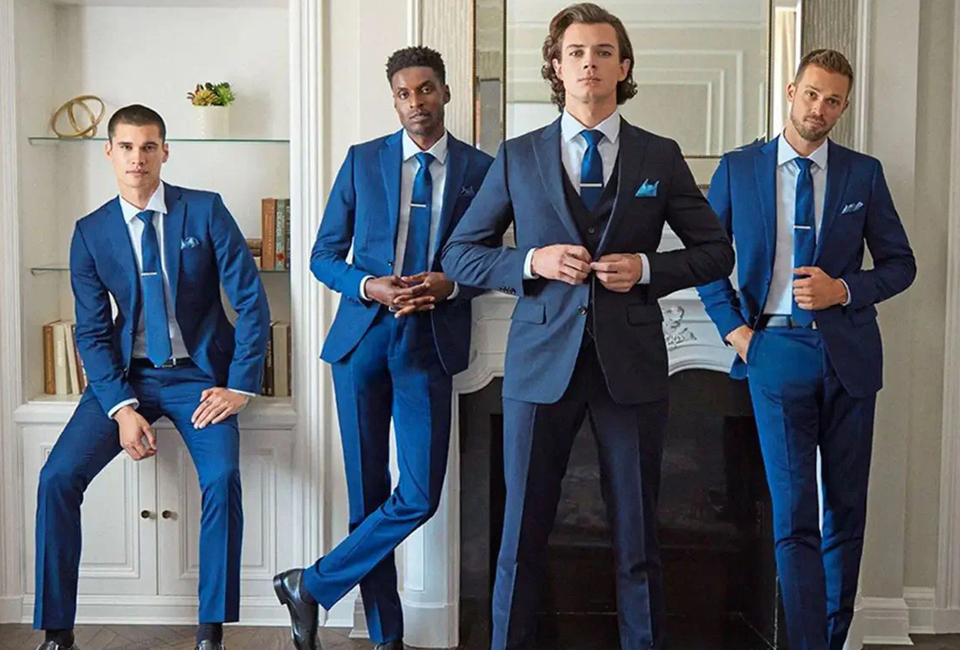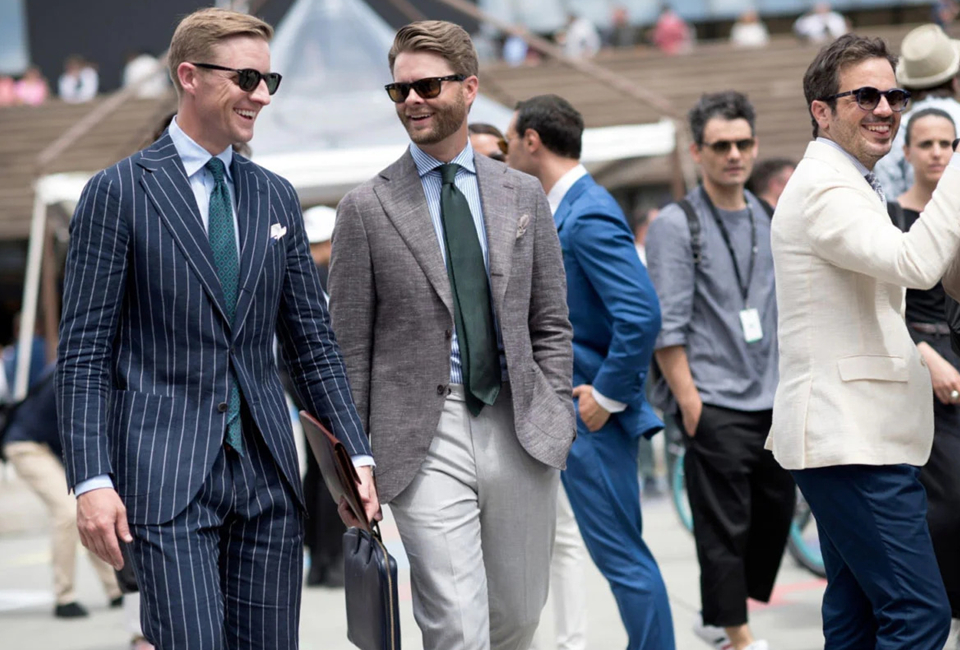
Why Men’s Business Suits Are More Than Just Fashion
The first aspect to consider when choosing a business suit is the fit. A well-fitted suit can make all the difference. It should hug your shoulders, the jacket should button comfortably, and the trouser break should be just right. Tailoring is an art, and a skilled tailor can transform an off-the-rack suit into a bespoke masterpiece.
the fabric plays a crucial role. Wool is the most common material used in men’s suits due to its durability, breathability, and ability to resist wrinkles. For warmer climates or seasons, cotton and linen suits are appropriate, offering a lighter, more casual feel. For those seeking luxury, cashmere provides unparalleled softness and elegance, but it does come with a higher price tag.

Color and pattern are other key elements to consider. As a rule of thumb, darker colors like navy and charcoal are universally acceptable and versatile. These colors work well for any business occasion. Patterns such as stripes or checks should be chosen carefully as they can either enhance your appearance or become a fashion faux pas.
The suit’s style is also essential. Single-breasted suits with a notch lapel are the most common and versatile style. Double-breasted suits or those with a peak lapel offer a more formal and traditional look. The number of buttons on the jacket also contributes to the overall style and formality of the suit.
It’s important to remember that a business suit is not complete without the right accessories. A quality tie, a pair of polished shoes, and a complementary pocket square can elevate your suit to new heights. However, the key is to keep it simple and not let the accessories overshadow the suit.
Lastly, care and maintenance of your suit are just as important as its selection. Dry cleaning should be done sparingly to maintain the suit’s integrity, and suits should be properly hung and stored to prevent wrinkles and damage.
